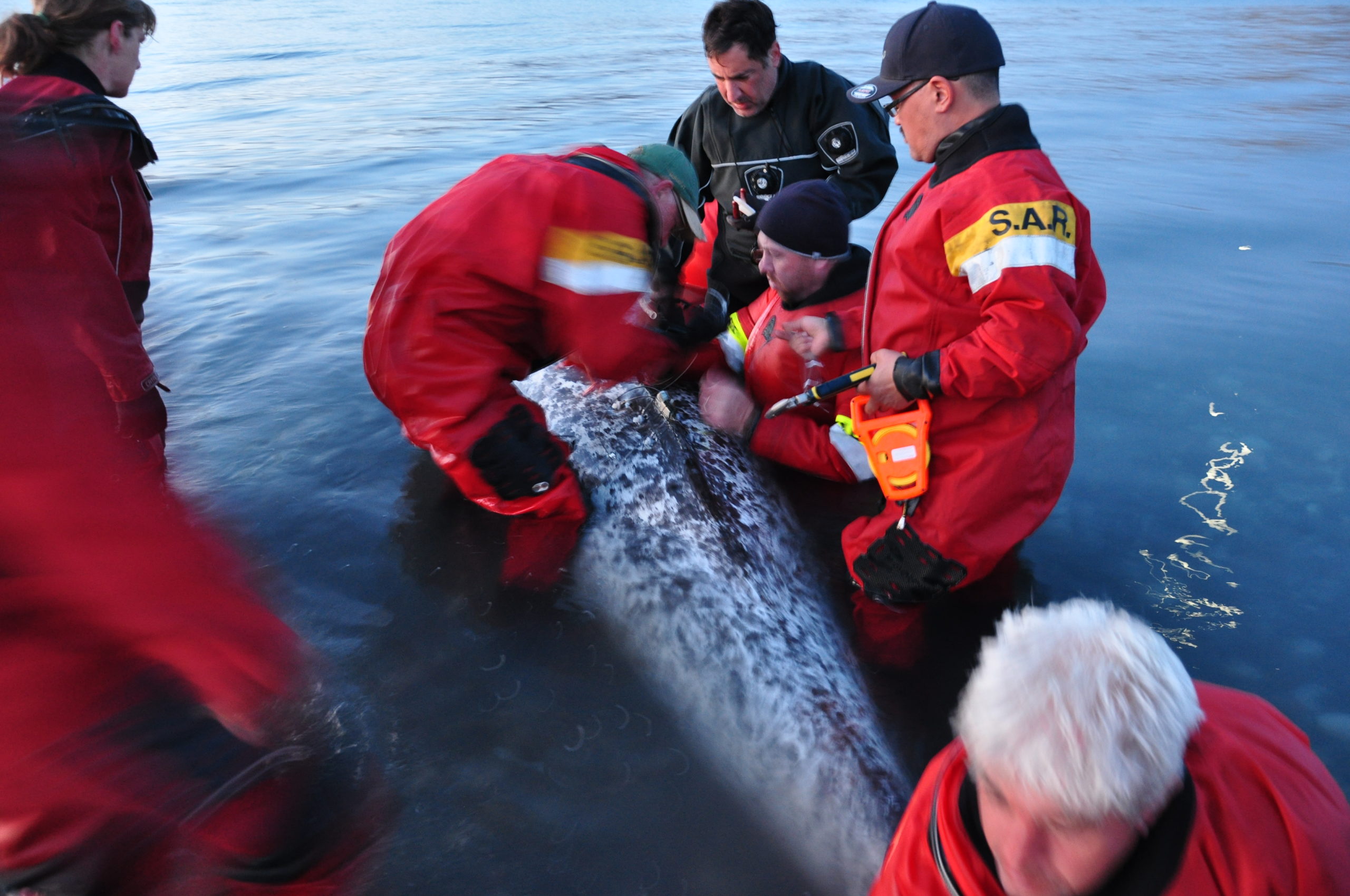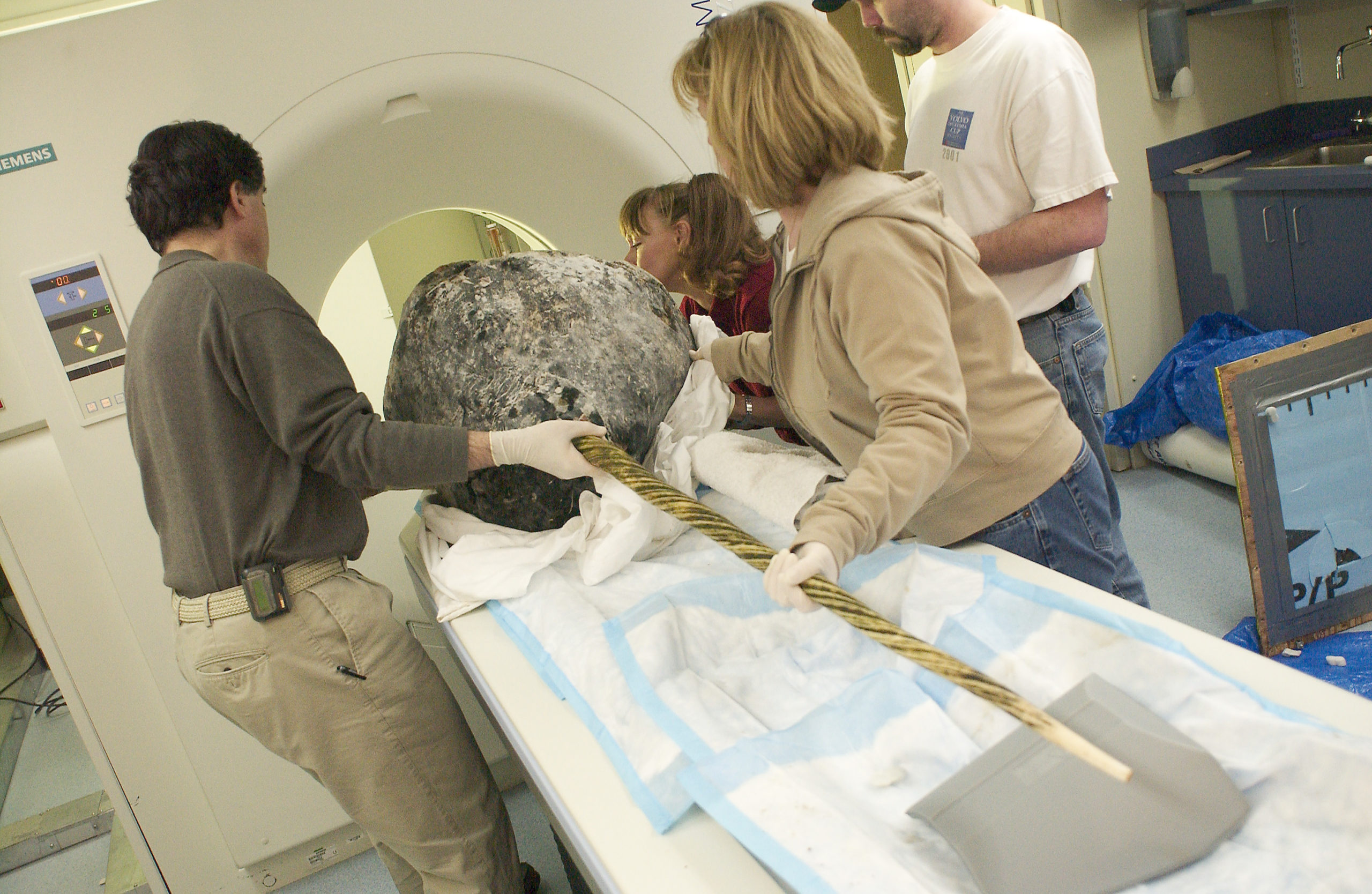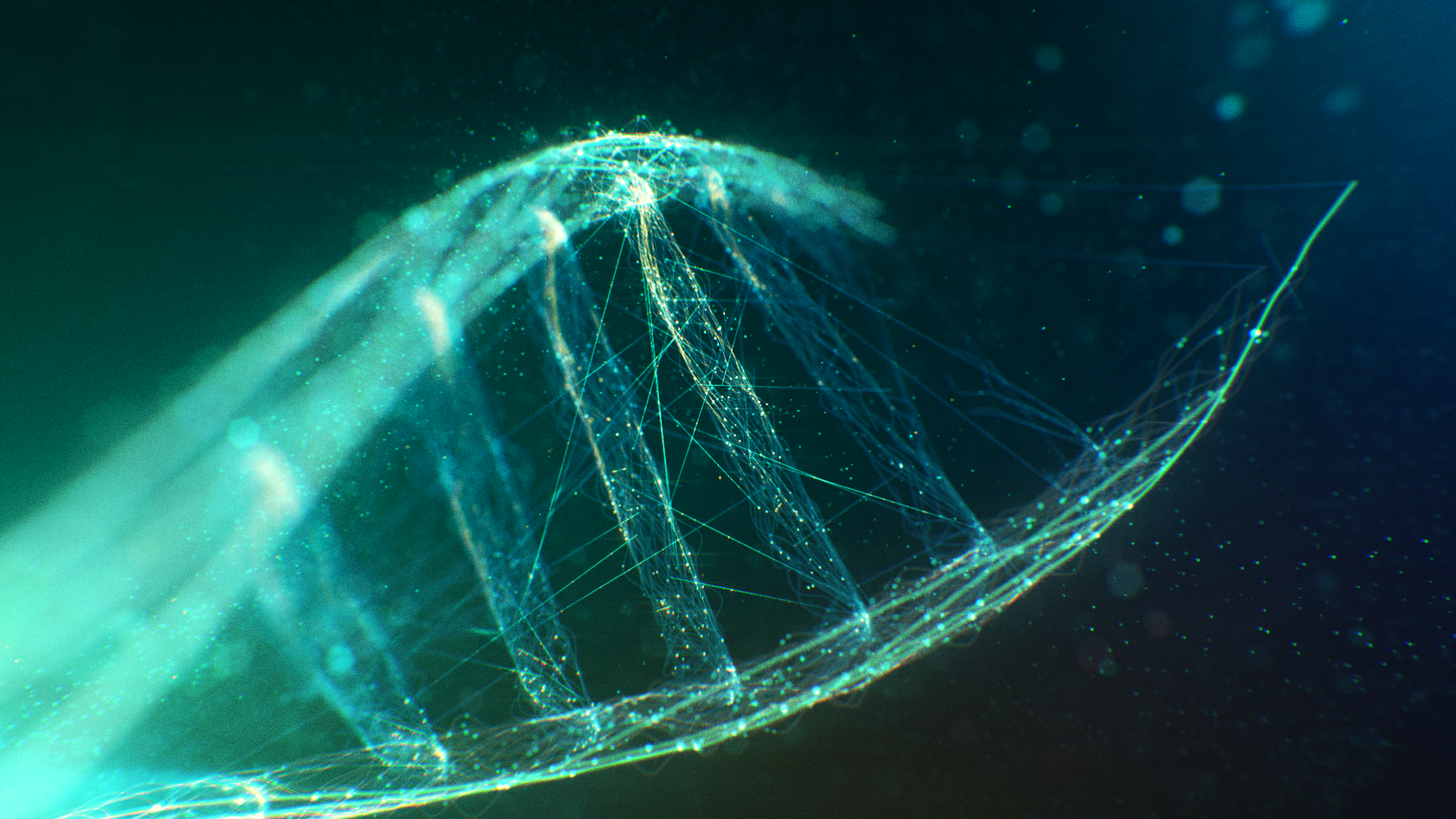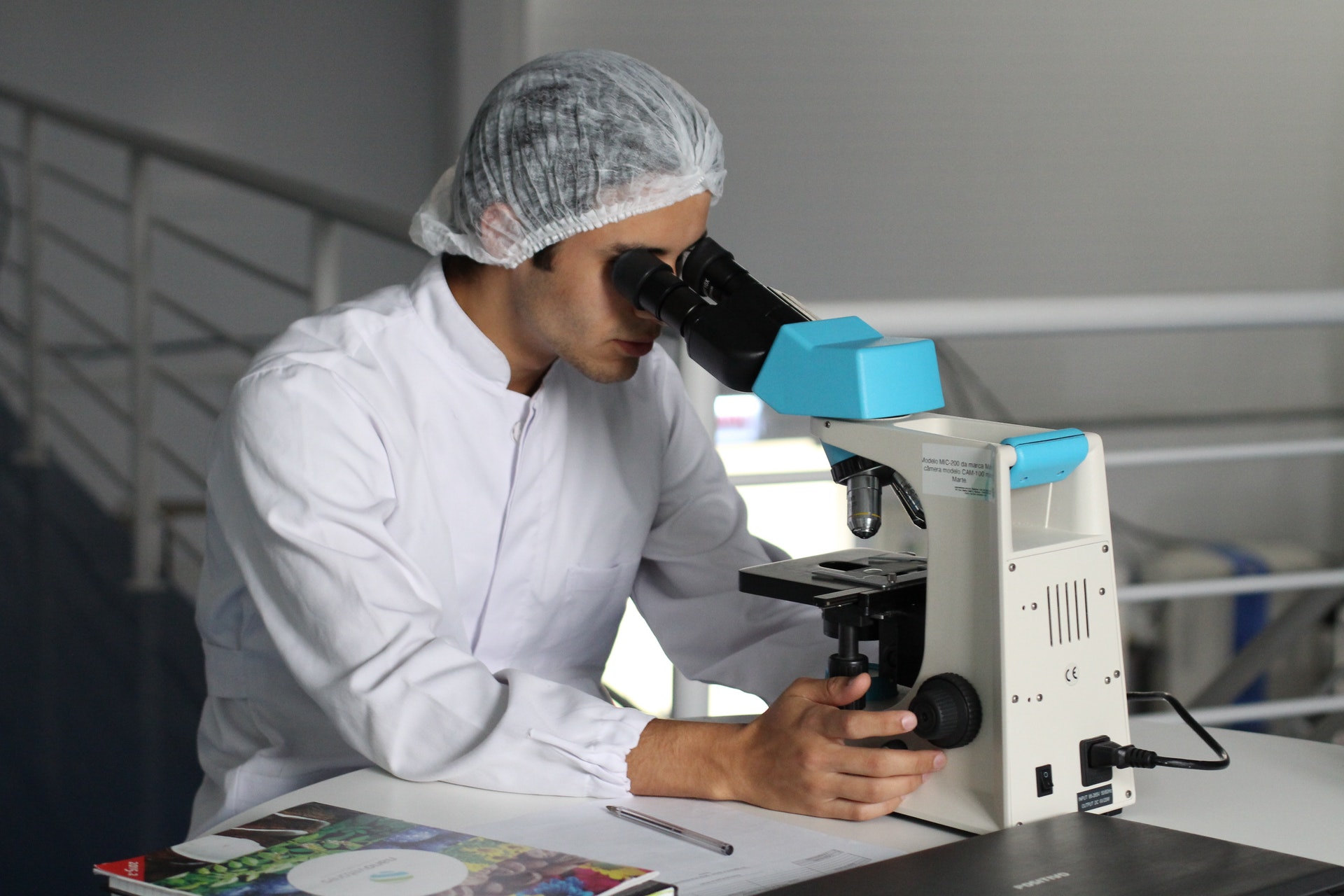Field Studies
Narwhal – A Tusk with a Twist
Why choose narwhal as a model for comparative studies of teeth? It’s simply an amazing tooth. In the year 2000, I began investigating this unique tooth organ, and it immediately became apparent that its expression and form did not follow conventional evolutionary principles. It was nature’s only straight tusk, only spiraled tusk, and broke the usual properties of symmetry, and sexual dimorphism (males and females having different features). The more I read, the more I questioned. In the fetal narwhal there are 8 pairs of teeth, yet 6 pairs are genetically silenced. Why? Narwhal forage for large fish, like arctic cod, and Greenland halibut. As there is a large body of literature to support tooth features adapting to diet, why did this curious whale evolve with no teeth in its mouth? Why instead, did it sacrifice teeth that could have formed within the mouth to help bite and chew food, and instead opt for a 2-3 metered tusk, always appearing on the left side in most males and some females, horizontally impacted in the upper jaw, piercing the skin, and protruding at an odd angle into the cold arctic ocean? Its function was conveniently labeled as a secondary sexual characteristic, like the lion mane or the peacock feathers. But examples like this kept Charles Darwin awake at night; he knew there was more to the story, and so did I. So in 2002, I formed Narwhal Tusk Research, fully committed to find the purpose and function of the erupted narwhal tusk. The journey has taken me to forbidding high Arctic tundra and seas, placed me on a plane that was by all accounts destined not to land, led me to survive an Arctic hurricane, and put me nose to nose with a polar bear. But determination, persistent effort, diligent and successful scientific studies, and a wonderful sense of humor kept me and this research on track.
Words & Story by
Martin Nweeia

Photo Left: Source from
Photographer Martin Nweeia
Narwhal – General Dentist to Narwhal Researcher
As a general dentist with 35 years of clinical practice, I have had the opportunity to observe teeth undergo many procedures and processes of development. Though we tend to relegate teeth to passive tools with the biological function of chewing and biting, their evolutionary precursors were sensory, as evidenced by their myriad sensory functions in mammals today. Mammalian teeth have pain sensory fibers and in addition have sensory fibers with abilities to detect changes in temperature, pressure and osmotic gradients.
Swedish investigator Martin Brannstrom proposed that dentinal tubules formed in teeth are used for transmitting sensory information. In this “hydrodynamic theory,” changes in the fluid-filled tubules are transmitted to the brain through the nerves in the tooth pulp.Other mammals including humans have tubules that stop before reaching their outside environment,so such signals are only sent after injury or pathology results in the exposure of underlying dentinal tubules. Narwhals, however, have open tubules throughout the dentin layer which are capable of continually monitoring the air and ocean environment. The narwhal’s extraordinary tooth is an important sensory organ! This discovery surprised me and our team, and gave a new meaning to the function and abilities of this tooth organ system.

Photo Right: Source from
Photographer Martin Nweeia

Photo Right: Source from
Photographer Martin Nweeia






